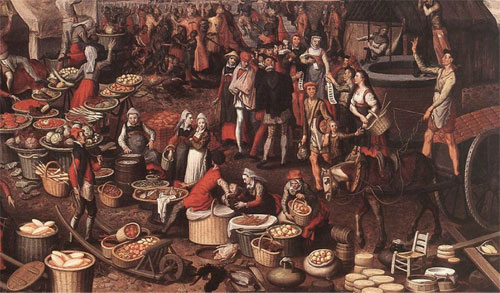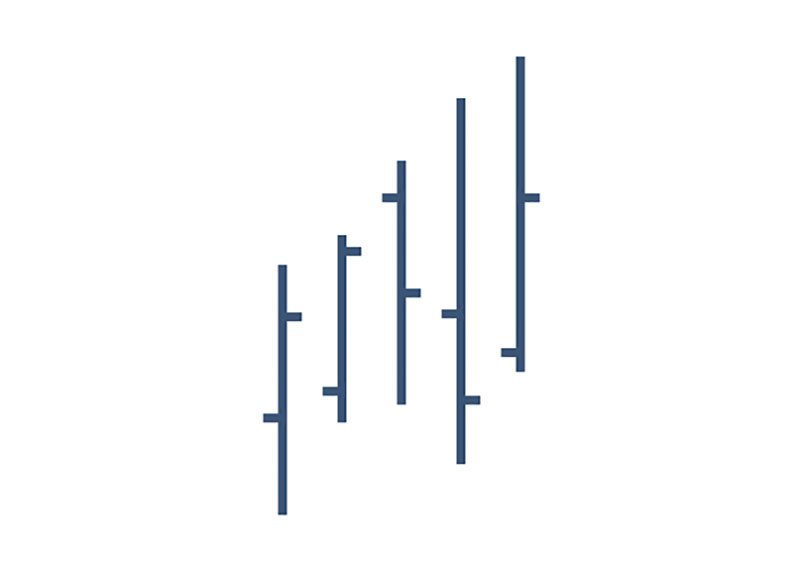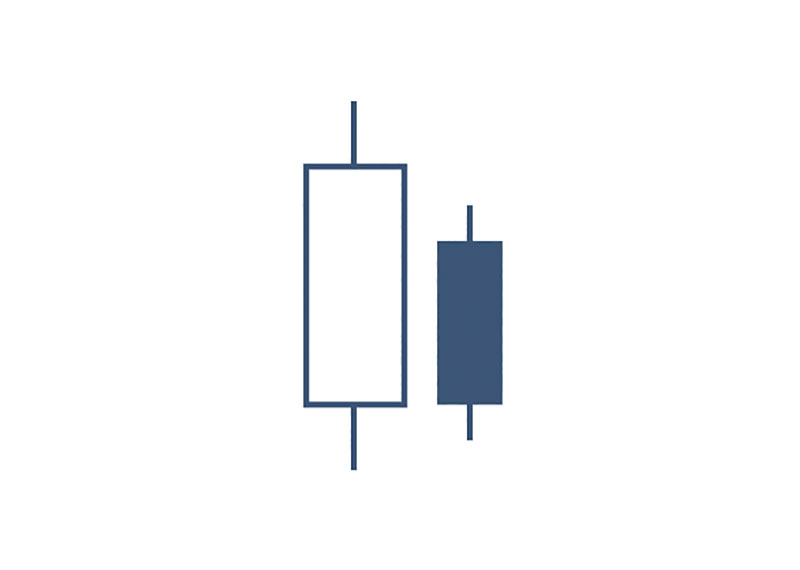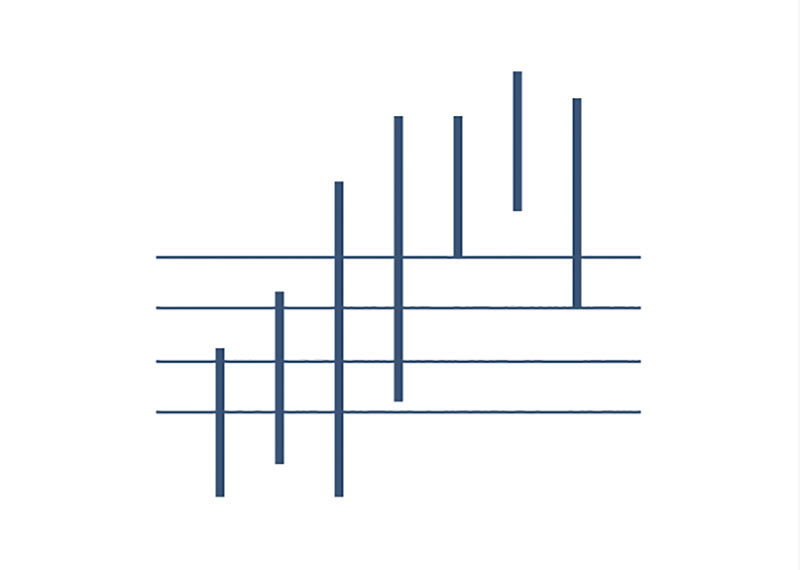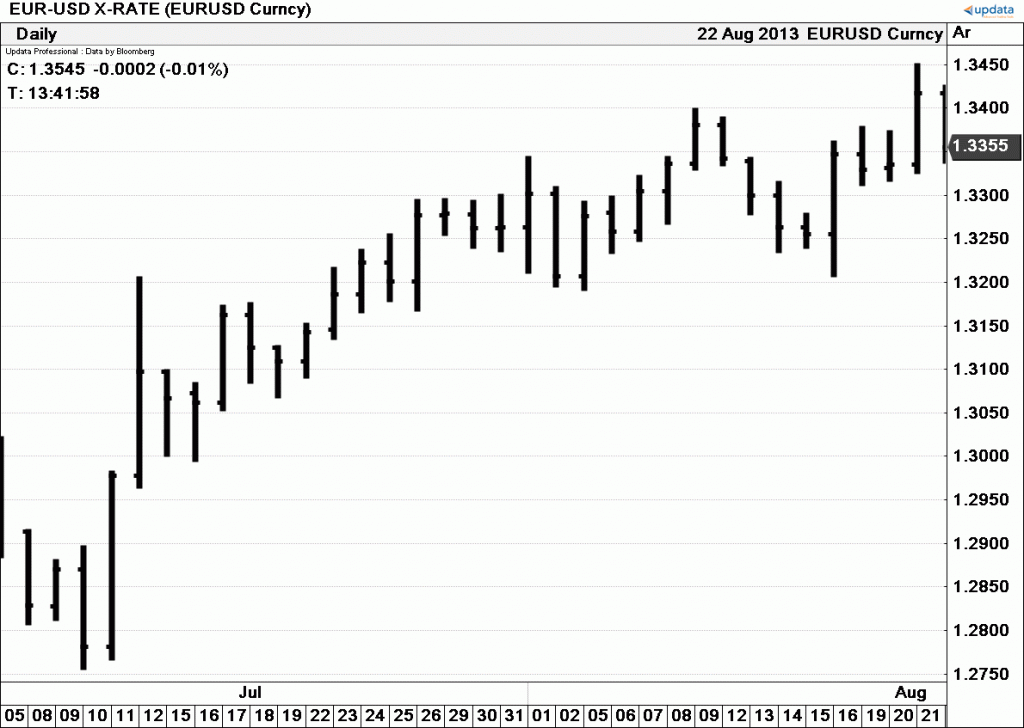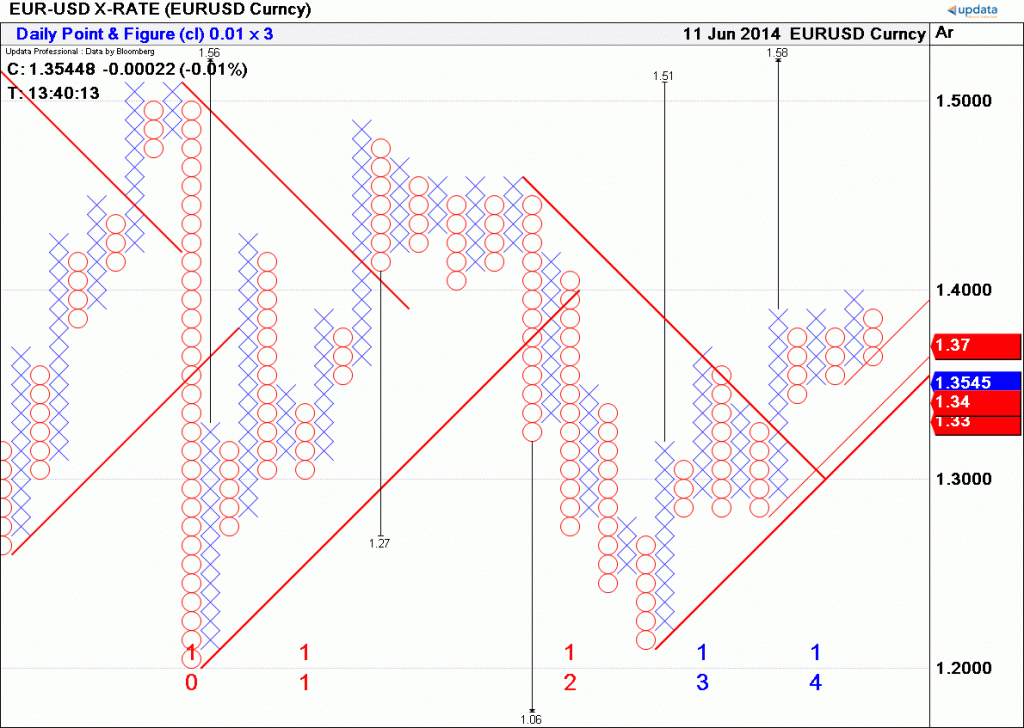Technical analysis is a method of forecasting the direction of financial market prices through the evaluation of historic price and, where available, volume data.
A basic premise of the technical approach is that market action discounts everything: all that is known, or can be known, is ‘in the price’. Technical analysis is therefore not concerned with the underlying value of a security, but with the effects on the price of that security produced by the activities of market participants.
A wide range of techniques may be applied to this assessment of price action, including the study of repetitive patterns on charts, mathematical calculations to determine the speed and momentum of a move, and statistical tools to identify extreme conditions.






